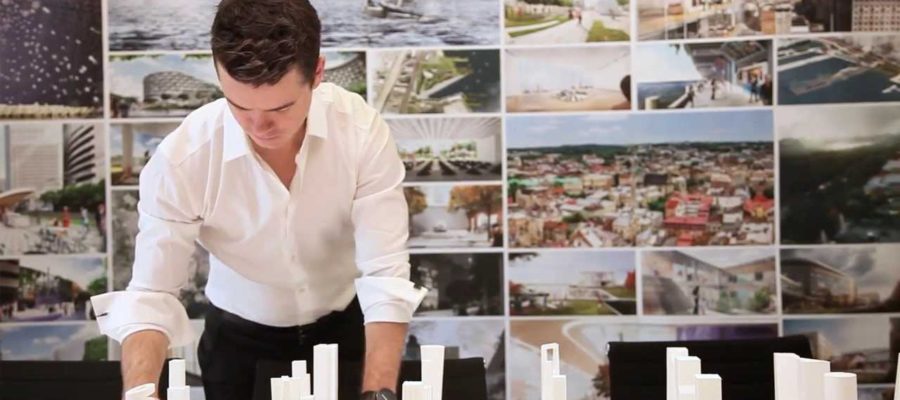Building a City of Ideas
Architects are always looking towards the future as the buildings being designed today may not be publicly open for another decade. Prior to presenting ideas and pitches to clients, governments and communities, architects themselves need to envision the future through sketches, computer renderings, animations, and physical models. W Scott Allen, an associate architect and designer for Perkins+Will, a global architecture firm, uses MakerBot Desktop 3D printers in his offices and claims, “the earlier you can look at a physical object, the sooner you can understand a building and also make better design decisions.
On a recent morning, Allen set out more than 40 six-inch towers on a conference room table at the global architecture firm’s New York office. The towers, process models used to reimagine the space around the Bernardine Monastery in Lviv, Ukraine, ranged from thin spires to fat blocks to something resembling a stack of old Life Savers. “You might have an entire set of models that are exceptionally functional and some that are wildly impractical but just look really awesome,” said Allen, who made these models on a MakerBot Replicator 2
“Making all of these on the MakerBot frees us up to test more ideas for clients and come at a nicer solution in the same timeframe . . . you can almost print at the same speed that you can draw” –W Scott Allen, Associate Architect & Designer, Perkins+Wills
MakerBot allows designers like Allen to change their entire creative process with rapid prototyping capabilities. With quick iterative changes, designs are approved faster and the final stages of any product development are accelerated.
